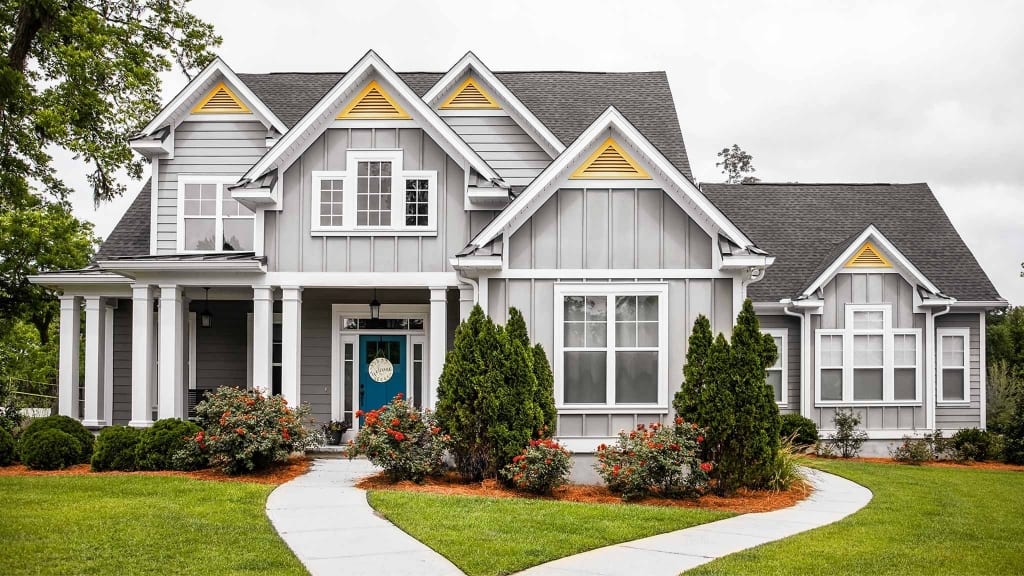
The Rise of Co-living: Exploring New Frontiers in Real Estate
Co-living, a modern housing concept that emphasizes community, shared spaces, and convenience, is gaining popularity as an innovative alternative to traditional housing models. This trend is reshaping the real estate landscape and offering new opportunities for developers, investors, and residents alike. Let’s explore the key aspects driving the rise of co-living:
- Community-Centric Living: At the heart of co-living is the concept of community. Co-living spaces are designed to foster social interaction, collaboration, and a sense of belonging among residents. Shared common areas such as kitchens, living rooms, and co-working spaces encourage residents to connect, collaborate, and build meaningful relationships with one another.
- Affordability and Accessibility: Co-living addresses the growing demand for affordable and accessible housing options, particularly in urban areas with high housing costs. By sharing living expenses such as rent, utilities, and amenities, residents can enjoy a higher standard of living at a more affordable price point. Co-living spaces often offer flexible leasing arrangements and all-inclusive pricing, making them attractive options for young professionals, students, and digital nomads.
- Flexible and Scalable Living Solutions: Co-living provides flexible and scalable living solutions that cater to the diverse needs and preferences of modern urban dwellers. From private bedrooms with shared common areas to fully furnished apartments with hotel-like amenities, co-living spaces offer a range of housing options to suit individual lifestyles and budgets. This flexibility allows residents to adapt their living arrangements as their needs change over time.
- Enhanced Amenities and Services: Co-living spaces typically offer a wide range of amenities and services designed to enhance the resident experience. These may include high-speed internet, housekeeping, laundry facilities, fitness centers, communal dining areas, and organized social events. By providing convenient and lifestyle-enhancing amenities, co-living operators create value and differentiate their properties in a competitive market.
- Focus on Sustainability and Wellness: Many co-living communities prioritize sustainability and wellness initiatives to promote a healthier and more environmentally friendly lifestyle. Sustainable design features such as energy-efficient appliances, green building materials, and rooftop gardens reduce environmental impact and promote eco-conscious living. Wellness amenities such as yoga studios, meditation rooms, and healthy food options cater to residents’ physical and mental well-being, creating a holistic living experience.
- Tech-Enabled Living Experiences: Technology plays a central role in co-living, enabling seamless and tech-enabled living experiences. From smart home automation systems to mobile apps for booking amenities and communicating with neighbors, technology enhances convenience, efficiency, and connectivity within co-living communities. Virtual reality tours and online platforms also facilitate the search, booking, and management of co-living spaces, making the process more accessible and user-friendly for residents.
- Urban Revitalization and Community Development: Co-living developments contribute to urban revitalization and community development by repurposing underutilized buildings and transforming vacant spaces into vibrant living environments. By activating dormant properties and injecting new life into neighborhoods, co-living projects stimulate economic growth, support local businesses, and create dynamic urban communities.
In summary, the rise of co-living represents a paradigm shift in the way we think about housing and community. By offering affordable, flexible, and community-centric living solutions, co-living is redefining the real estate landscape and opening up new frontiers in urban living. As this trend continues to gain momentum, it presents exciting opportunities for innovation, collaboration, and sustainable growth within the real estate industry.
